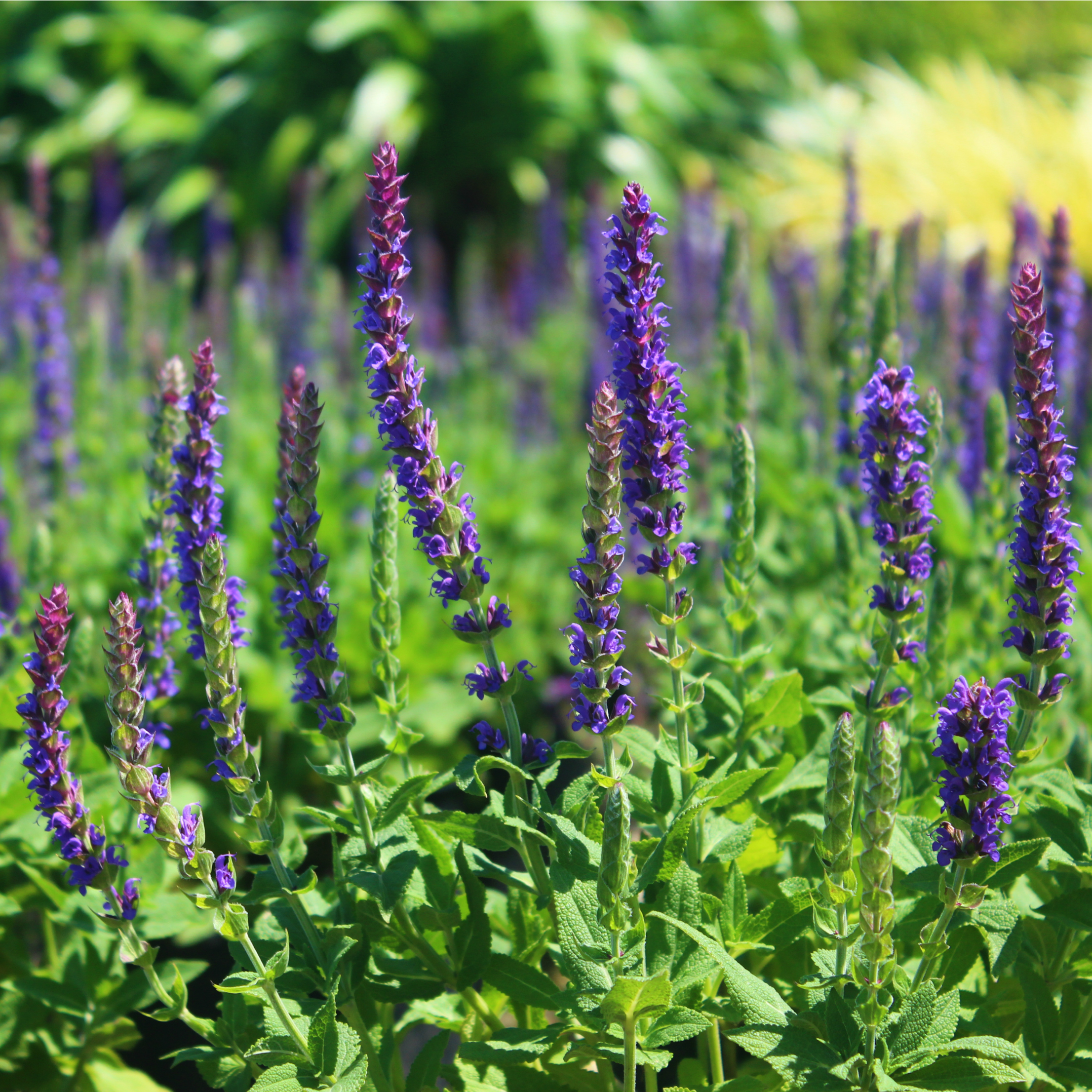

All perennials and spring-planted bulbs are packaged to withstand shipping and are fully-guaranteed. The ‘Plant Information’ section describes how that item will ship. Some perennials are shipped as potted plants, some as perennial roots packed in peat. You will receive a second email the day your order ships telling you how it has been sent.
#Purple sage download
View more Planting Guides, or download our complete Planting Guide for tips on caring for your plants when you receive your order, as well as planting instructions for Perennials, Spring-Planted Bulbs, Fall-Planted Bulbs, Cacti & Succulents, Xeric Plants and more.Īs soon as your order is placed you will receive a confirmation email. More in-depth guidance for growing Salvia: Planting Nectar Rich Salvia to Attract Pollinators to the Garden, Sage Advice, The Spectacular Salvia and Cold Hardy, Late Summer / Early Fall Blooming Sages. Salvia syslvestris'Lyrical Rose', 'May Night', 'Little Night', 'Caradonna' and 'Marcus'.The European Salvia are incredibly attractive to honey bees, many of our native bees and bumble bees as well as butterflies. They are well adapted to cold climates and a wide range of soils including clay. ‘Old World’ Sages bloom primarily in shades of blue, pink and white. These salvia are an excellent choice for gardeners across most of the United States. Old Wolrd Salvia: The Old World Salvia include some of the very best, most durable, longest-lived perennials. This allows the plant's crown (junction of root and branches) to mature and obtain maximum cold hardiness. Cover each plant with a generous pile of clean straw or pine needles. Protect your new plants over their first winter or two in your garden.

To get established in USDA zones 5 & 6, Western Salvia (noted above) must be planted in spring or early summer, not in the fall. Salvia azurea and Salvia reptans - Early fall bloomers with excellent cold hardiness.Salvia pachyphylla and Salvia dorrii is recommended for arid western gardens.Salvia hybrids - ‘Maraschino’, ‘Raspberry Delight’, ‘Ultra Violet’ and ‘Burgundy Seduction’.Salvia greggii - ‘Furman’s Red’, ‘Cold Hardy Pink’.They will grow in dry clay conditions in arid climates but will rot out in clay soils where there is more than about 15 to 18” of precipitation annually. Typically, this group of Salvia prefer ‘lean’ (not very fertile), well drained soils. For attracting hummingbirds, there are no finer flowers than the Western native sages. Western Native Salvia: : It is from the Western US that we find our most beautiful native salvia species. Mound up pine needles or fallen autumn leaves over and around the base of the plant. In colder USDA zones (zone 6 and below) it is essential to give Native Southwestern and Southwestern hybrids protection from the extreme cold their first couple winters in the garden.During fall garden clean-up, wait to cut back the plants until spring for improved cold hardiness.Once established they will need regular, deep irrigation during hot, dry weather. New transplants need regular irrigation their first growing season to establish themselves.Many spring-flowering varieties of sage will re-bloom in fall if deadheaded after the first bloom.Plant Old World Salvia in a wide range of soils (loams, sand) including clay.Plant native Western Salvia varieties in soil that is low fertility and well-drained.Salvia (commonly referred to as ‘Sage’) represent a huge family of ornamental plants that attract a variety of pollinators to their nectar rich flowers.


 0 kommentar(er)
0 kommentar(er)
